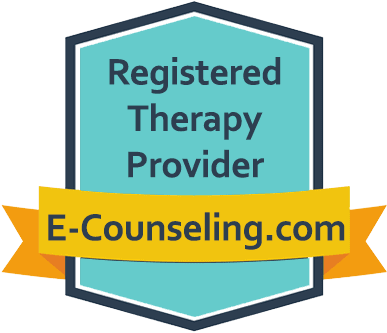
EFT Treatment Plan for Couples
For couples experiencing relational distress and/or conflict, EFT therapists might use the following treatment plan to help them conceptualize and guide their treatment.
Initial Phase of Treatment: EFT for Couples
Initial Phase Therapeutic Tasks
- Create a working alliance with both partners. Diversity note: Adjust expressions of empathy to respect cultured, gendered, and other styles of emotional expression.
- Relationship building approach/intervention:
- Use empathic attunement, RISSSC, and genuineness to develop a safe emotional context for the therapy process.
- Relationship building approach/intervention:
- Assess individual, systemic, and broader cultural dynamics. Diversity note: Adjust assessment based on cultural, socioeconomic, sexual orientation, gender, and other relevant norms.
- Assessment strategies:
- Identify the negative interaction cycle, including pursuer/distance roles.
- Identify secondary and primary (attachment) emotions that characterize cycle.
- Assess attachment history, including attachment injuries, as well as history of trauma.
- Assessment strategies:
- Define and obtain client agreement on treatment goals. Diversity note: Modify goals to correspond with values from the client’s cultural, religious, and other value systems.
- Reframe problem in terms of negative interaction cycle, with the cycle being the common enemy.
- Identify needed referrals, crisis issues, collateral contacts, and other client needs.
- Assess for appropriateness of EFT for couple, ruling out substance abuse, trauma, violence, conflicting agendas, or other contraindications.
Initial Phase Client Goal
- Increase couple’s awareness of negative interaction cycle and the primary emotions that fuel it to reduce conflict and hopelessness.
- Use validation, reflecting emotions, evocative responding, and empathic conjecture to identify secondary and primary emotions.
- Track the negative interaction cycle, first with secondary emotions and later identifying primary emotions.
- Reframe in the context of the negative interaction cycle and attachment needs.
Working Phase of Treatment: EFT for Couples
Working Phase Therapeutic Tasks
- Monitor quality of the working alliance with both partners. Diversity note: Attend to family’s response to interventions that indicate therapist’s approach is not connecting with family’s culturally informed meaning systems.
- Assessment intervention: Attend to nonverbal communication as well as client’s sense of emotional safety in the session.
- Monitor client progress. Diversity note: Attend to cultural, gender, social class, and other diversity elements when assessing progress.
- Assessment intervention: Track couple’s progress through the EFT stages in weekly progress notes.
Working Phase Client Goals
- Increase engagement and emotional expression of withdrawn partner to reduce conflict/avoidance.
- Use empathy, validation, and conjecture to facilitate identification and expression of attachment needs.
- Use enactments to allow for direct communication of needs, the acceptance by partner, and new interaction sequences.
- Decrease criticism from pursuing partner and increase pursuer’s expression of attachment emotions to reduce conflict.
- Heighten pursuer’s primary emotions to facilitate softening of blaming position.
- Use enactments to promote acceptance by partner and to facilitate new interaction sequences.
- Increase the ability of both partners to respond to the other in ways that create a sense of relational safety and bonding even in moments of tension to reduce conflict, depressed mood, and/or anxiety.
- Track the interaction cycle and empathetic conjecture to help each partner see how his/her response affects his/her partner.
- Use enactments that help partners to more directly express primary emotional needs as well as respond in supportive ways when the other reaches out.
Closing Phase of Treatment: EFT for Couples
Closing Phase Therapeutic Task
- Develop aftercare plan and maintain gains. Diversity note: Access resources in the communities of which they are a part to support them after ending therapy.
- Track positive as well as negative interaction cycles to help couple prepare for potential setbacks.
Closing Phase Client Goals
- Increase couple’s ability to respond effectively to new stressors to reduce conflict and hopelessness.
- Track positive interaction cycles to reinforce positive changes.
- Reframe both positive and negative interaction cycles in terms of attachment needs.
- Increase couple’s ability to consistently respond to one another in ways that solidify a secure bond to reduce conflict, depression, and anxiety.
- Use enactments to facilitate direct expression of emotional needs.
- Facilitate turning the new emotional experience into a new response.


